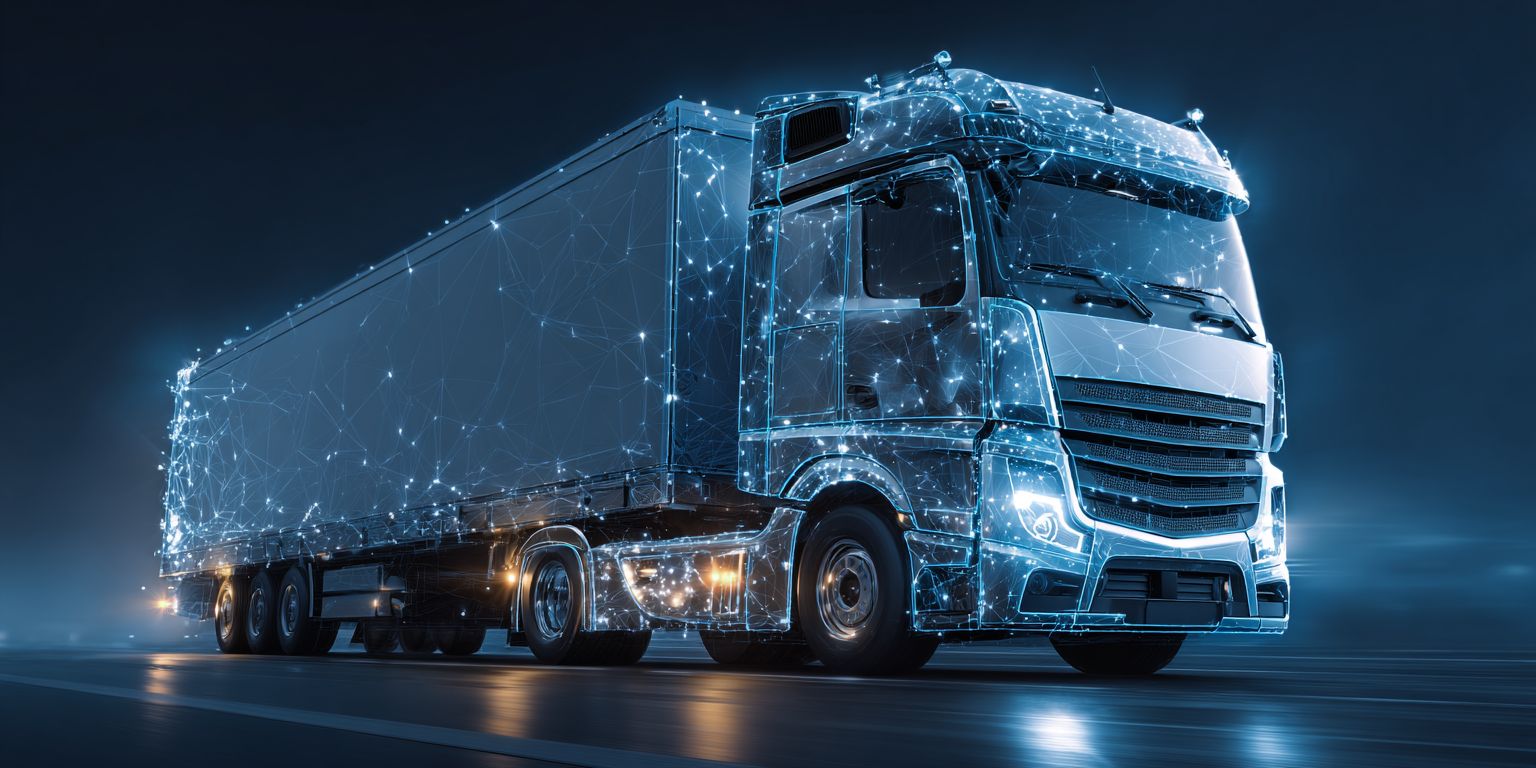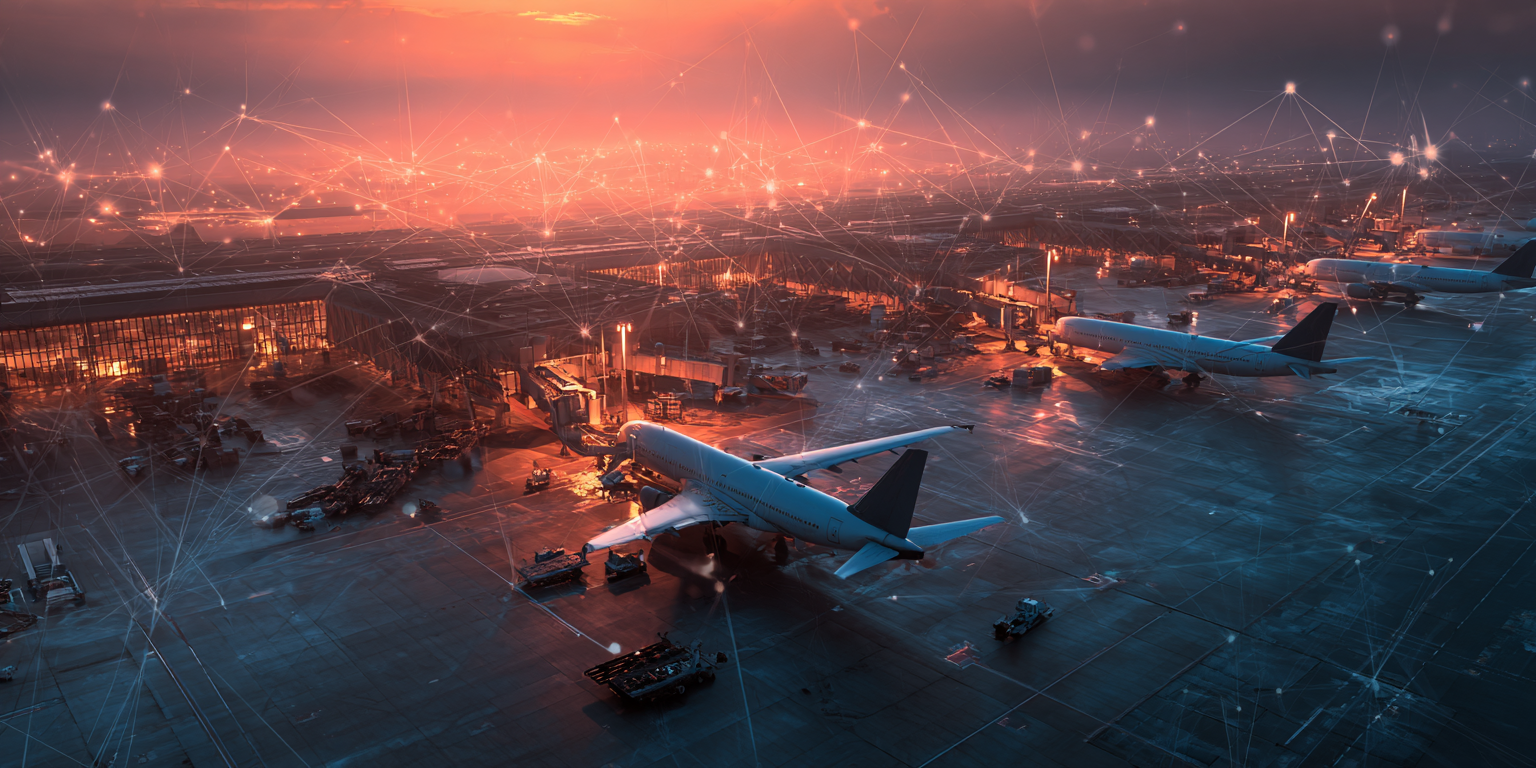From factory floors to hospital wards, the Internet of Things (IoT) is increasingly being used to streamline operations, reduce risk, and improve responsiveness. In manufacturing, connected sensors are enabling predictive maintenance and real-time process control. In logistics, goods are tracked end to end with greater precision.
What’s driving this shift is a mix of cost pressure, digital maturity and operational complexity. Organisations are under pressure to be faster, leaner and more adaptive—and connected IoT solutions offer a way to close the gap between data and action.
This article looks at where IoT is being used today, how it’s evolving, and why it’s becoming a core part of how modern industries run.
Introduction to IoT
At its core, the Internet of Things (IoT) refers to physical objects embedded with sensors and software that connect to networks and share data. These devices can monitor conditions, send alerts, and even trigger automatic responses, without human input.
The technology itself isn’t new. What’s changed is the scale. Better connectivity, cheaper components and smarter software have brought IoT into mainstream use, from factory floors to farm fields.
Today, IoT devices are helping organisations monitor assets, streamline maintenance, reduce energy use and improve safety. And as the number of devices grows, so does the value of the data they provide, giving businesses a clearer view of what’s happening on the ground, in real time.
Key IoT applications across industries
Manufacturing
Manufacturing was one of the first sectors to adopt IoT, and it continues to be one of the most advanced in its use. Sensors embedded across production lines now collect real-time data on equipment performance, energy use, and operating conditions.
This allows businesses to shift from reactive to predictive maintenance, reducing unplanned downtime and improving operational efficiency. At scale, this kind of system helps lower maintenance costs, extend asset life, and improve factory throughput.
IoT is also a key part of broader automation efforts under the banner of Industry 4.0. By integrating connected devices with control systems, manufacturers can adjust processes dynamically, manage supply chain inputs more precisely, and reduce manual intervention. The result is a more flexible and responsive production environment.
Wearable devices are becoming more common too, particularly in environments with heavy machinery or heat exposure. For example, smart helmets and wristbands can alert workers to hazards or trigger emergency responses automatically.
According to McKinsey, sales of 5G-enabled industrial IoT units are expected to reach 22.3 million by 2030, a sign of how manufacturers are moving towards real-time, data-led operations.
Logistics and supply chain
IoT is widely used in logistics to track goods in real time, monitor conditions in transit, and manage stock more efficiently. Sensors embedded in shipments record location, temperature, humidity and shock, providing alerts if thresholds are breached. This is especially critical in cold chain operations, where small variations can lead to spoilage or non-compliance.
At the warehouse level, IoT supports inventory accuracy and workflow automation. Pallets, forklifts and containers can be tagged and tracked, helping to reduce search time and streamline loading. When combined with warehouse management systems, this data allows for more precise stock control and reduced handling errors.
IoT also improves route planning and delivery forecasting. Fleet management and traffic data can be used to optimise journeys and avoid delays, while live updates from in-transit goods support better coordination between sites and partners.
These systems help logistics operators reduce waste, improve traceability, and respond more quickly to disruption. The market reflects that demand: global spending on wireless industrial IoT sensors is projected to reach $16.1 billion by 2032, with logistics among the top use cases.
Retail
In retail, IoT is helping to close the gap between how stores operate and how customers actually shop. Shelf sensors monitor stock levels in real time and can trigger automatic replenishment. RFID and GPS tags track goods from warehouse to shop floor, improving inventory accuracy and reducing shrinkage.
Footfall counters and heatmaps show how customers move through a store, feeding into decisions on layout, merchandising, staffing and queue management. Some retailers are trialling dynamic signage that adjusts based on time of day or shopper proximity.
Loss prevention is also evolving. Co-op, for example, is trialling AI-powered CCTV and motion sensors to detect suspicious behaviour in real time. By combining video analytics with stock data, stores can take a more preventative approach to theft.
Energy use is another focus. Lighting, refrigeration and HVAC systems can be monitored and adjusted automatically, helping to cut waste and reduce costs, especially across large-format or multisite estates.
Healthcare
Healthcare is now the largest global market for IoT, with connected medical devices being used to monitor patients remotely, streamline diagnostics, and improve hospital operations. Remote patient monitoring allows people with long-term conditions (like heart failure or COPD) to be tracked at home using wearables that record vital signs and send data to clinical teams in real time. Trials have shown this can significantly reduce hospital readmissions.
IoT is also helping to modernise diagnostics and treatment. Continuous glucose monitors are now widely prescribed for diabetes care, giving patients live data on blood sugar levels without the need for finger-prick tests. In neurology, wearable sensors are being used to track Parkinson’s symptoms between clinic visits, giving clinicians a clearer view of how the condition is progressing.
Hospitals are also using IoT to manage equipment and reduce infection risks. Sensors track the location and status of beds, pumps and monitors, while motion detectors prompt hand hygiene compliance at ward entrances. In one trial, this approach was linked to a 61% drop in hospital-acquired infections.
These examples reflect a broader shift towards connected, proactive care. But they also depend on reliable, secure IoT connectivity solutions, especially when clinical decisions rely on real-time data.
Utilities and infrastructure
Utilities are using IoT to monitor networks in real time, detect faults earlier, and improve how energy and water systems are managed. Smart meters are now standard in many countries, providing detailed usage data to both providers and customers. This supports more accurate billing, faster issue resolution and better demand forecasting.
But connectivity remains a challenge—especially when meters are located in basements, behind thick walls or in remote substations. In Sweden, several utility companies worked with Three Group Solutions to trial narrowband IoT (NB-IoT) technology, a low-power, wide-area (LPWA) network designed to reach hard-to-access locations. The pilot connected meters that had previously been out of reach using standard mobile networks.
The results showed real benefits. Utilities were able to switch from electricity-powered to battery-powered devices, cutting installation costs and extending device life to 10–15 years. They also gained the ability to transmit data more frequently, improving billing accuracy and reducing manual site visits.
Beyond metering, IoT is being used to monitor infrastructure such as pipelines, transformers and environmental sensors, giving utilities better insight into performance and potential faults. It’s also playing a role in decarbonisation strategies by helping integrate distributed energy sources and track usage across buildings and grids in real time.
Agriculture
IoT is giving farmers new tools to manage land, crops and livestock with greater precision. Sensors placed in fields and greenhouses monitor conditions like soil moisture, temperature and humidity, helping to guide irrigation and fertiliser use. The goal is simple: do more with less, and waste less in the process.
On livestock farms, wearable devices track animal movement and behaviour, flagging early signs of illness or distress. This allows for quicker intervention and better welfare, particularly in large herds where problems can easily go unnoticed.
Some farms are also using drones, connected tractors and automated irrigation systems that respond to real-time environmental data. These systems help farmers respond to changing conditions, be it rainfall, heat or disease risk, with more agility than traditional methods allow.
As climate volatility increases and margins stay tight, the appeal of IoT is clear. It turns gut feel into measurable insight, and helps farmers make better decisions in the moment, not just at the end of the season.
Smart buildings
Smart building technology is gaining ground as organisations look for more efficient ways to manage energy, space and maintenance. Using IoT sensors, systems like lighting, heating and ventilation can respond in real time to how a building is actually being used.
This matters because many commercial spaces are still running as if fully occupied, even when they’re not. Occupancy sensors can show which areas are underused, helping facilities teams adjust energy use or rethink space needs altogether.
Connected systems also support predictive maintenance, flagging faults early and reducing downtime. Air quality sensors are becoming more common too, especially in healthcare or regulated environments.
The future of IoT
The next phase of IoT won’t be defined by the number of devices alone, but by how organisations use them to work smarter, respond faster and operate more efficiently. Here’s where the technology is heading:
- More edge intelligence: Devices are starting to process data locally, enabling faster decisions without sending everything to the cloud. This reduces latency and supports real-time automation.
- Stronger connectivity in hard-to-reach places: The rollout of private 5G and low-power networks like NB-IoT is making it easier to connect devices in remote, underground or shielded environments, crucial for sectors like utilities and infrastructure.
- Wider use of machine learning: AI is being layered onto IoT systems to detect anomalies, forecast demand and optimise performance, shifting IoT from passive monitoring to active control.
- Focus on energy use and sustainability: Connected systems are helping organisations measure and reduce energy consumption, track emissions and make operations more resource-efficient.
- Greater scrutiny on security: As more critical infrastructure comes online, IoT security is becoming a priority. The number of connected devices is expected to more than double from 19.8 billion in 2025 to over 40.6 billion by 2034, reflecting growing concern over data risk.
The direction is clear: IoT is becoming part of the operational fabric. Not a standalone project, but a foundational technology that quietly supports how modern enterprises run and grow.
Conclusion
IoT is a practical, proven way to run operations more efficiently and respond more quickly to problems as they arise. From preventing shoplifting in retail to predicting faults in power grids, connected devices are helping industries move from reactive to proactive.
What comes next is smarter ways to use them. That means making sure the infrastructure behind the sensors is up to the task: secure, scalable, and built to handle real-time demands.
Explore our IoT solutions
Three Group Solutions helps enterprises turn connected ideas into operational reality, providing the IoT infrastructure, connectivity and visibility needed to make it work at scale.




